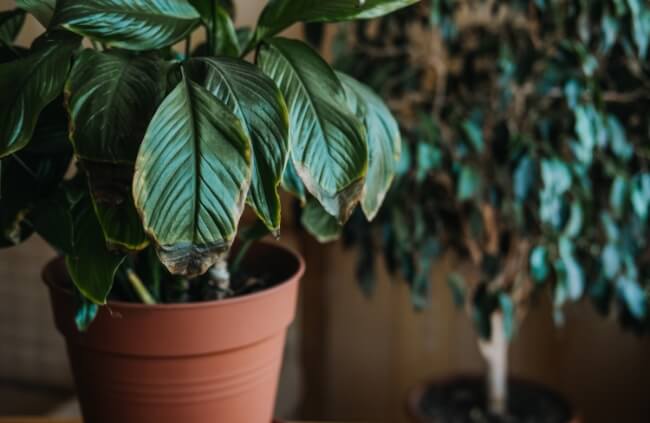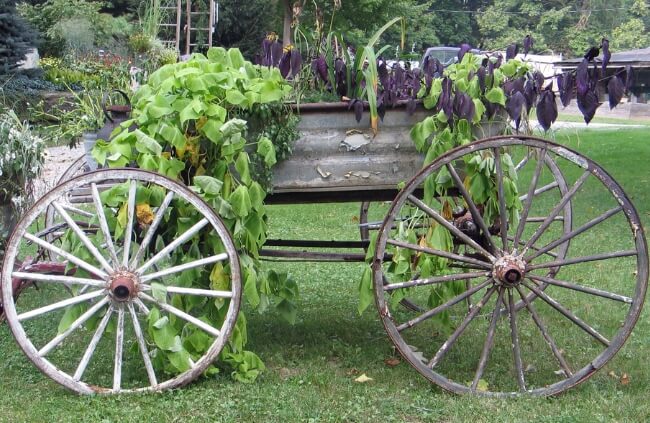One problem that faces many gardeners is overwatered plants and how to avoid it. Not enough water, and your plant dies, too much and…you guessed it – your plant dies. So how do you know when the plant is getting just the right amount of water?
More...
How to Avoid Overwatered Plants
One problem that faces many gardeners is the amount of water needed for their plants. Not enough, and your plant dies, too much and…you guessed it – your plant dies. So how do you know when the plant is getting just the right amount of water?

Knowing What Type of Soil is in Your Garden
The biggest factor in determining a plant’s watering needs is the soil that contains the plant. If we all had perfect loamy soils it would only take one answer but many gardeners have clay soils which take water in slowly and lose it slowly while gardeners here in WA have sandy soils. These sandy soils receive the water quickly but unfortunately lose it just as fast.
Seasonal Evaporation
Another factor is evaporation. In the winter months when evaporation is low (and rainfalls are usually higher – unless you live in the tropics) the watering needs of your plants are less. In summer your plants will need increased watering.
Our Water Board gave us a month by month fridge magnet watering guide which ranges from No Watering during the winter months to Every Second day during the hottest ones. Try grouping your plants with the same watering needs. Don’t put exotic annuals together with native shrubs or vice versa.
If you have been overwatering your plants, the only way to save them is to cease watering until the soil has begun drying out. If the plant is in a container try moving it to a sunnier, drier location.
If the plant is in a garden bed and the bed is constantly getting too wet, you may need to raise it so that the water can seep through rather than sit. The golden rule in watering is only water when your plants need it and then water them thoroughly.

Signs of Overwatering Plants
To help you avoid overwatering, here are some common signs to watch for:
- Yellowing leaves: Overwatered plants may exhibit yellowing leaves, especially in the lower portion of the plant. The leaves may appear soft, limp, and may even start to drop prematurely.
- Wilting: Surprisingly, wilting can also be a sign of overwatering. When plants receive too much water, their roots become waterlogged, inhibiting their ability to take in oxygen. This can lead to wilting, despite the soil being overly saturated.
- Root rot: Overwatering creates an environment conducive to root rot, a condition where the roots become waterlogged, leading to their decay. Signs of root rot include foul odour, mushy or discoloured roots, and poor overall plant health.
- Mould or fungus growth: Excessive moisture can create an ideal environment for mould and fungal growth. Look for signs of mould or fungus on the soil surface or on the plant itself.
- Stunted growth: Overwatering can impede a plant's growth. If your plant seems to be struggling to grow and develop properly, despite adequate light and nutrients, overwatering might be the culprit.
If you suspect overwatering, it's essential to take corrective measures promptly. Adjust your watering schedule, ensuring the soil has sufficient time to dry out between waterings. Improve drainage by using well-draining soil and pots with drainage holes.
Additionally, consider the specific water requirements of each plant species. By paying close attention to the signs of overwatering and adjusting your watering practices accordingly, you can help your plants thrive and avoid the pitfalls of excessive moisture.
Published on June 13, 2023 by Gary Clarke
Last Updated on October 25, 2023




